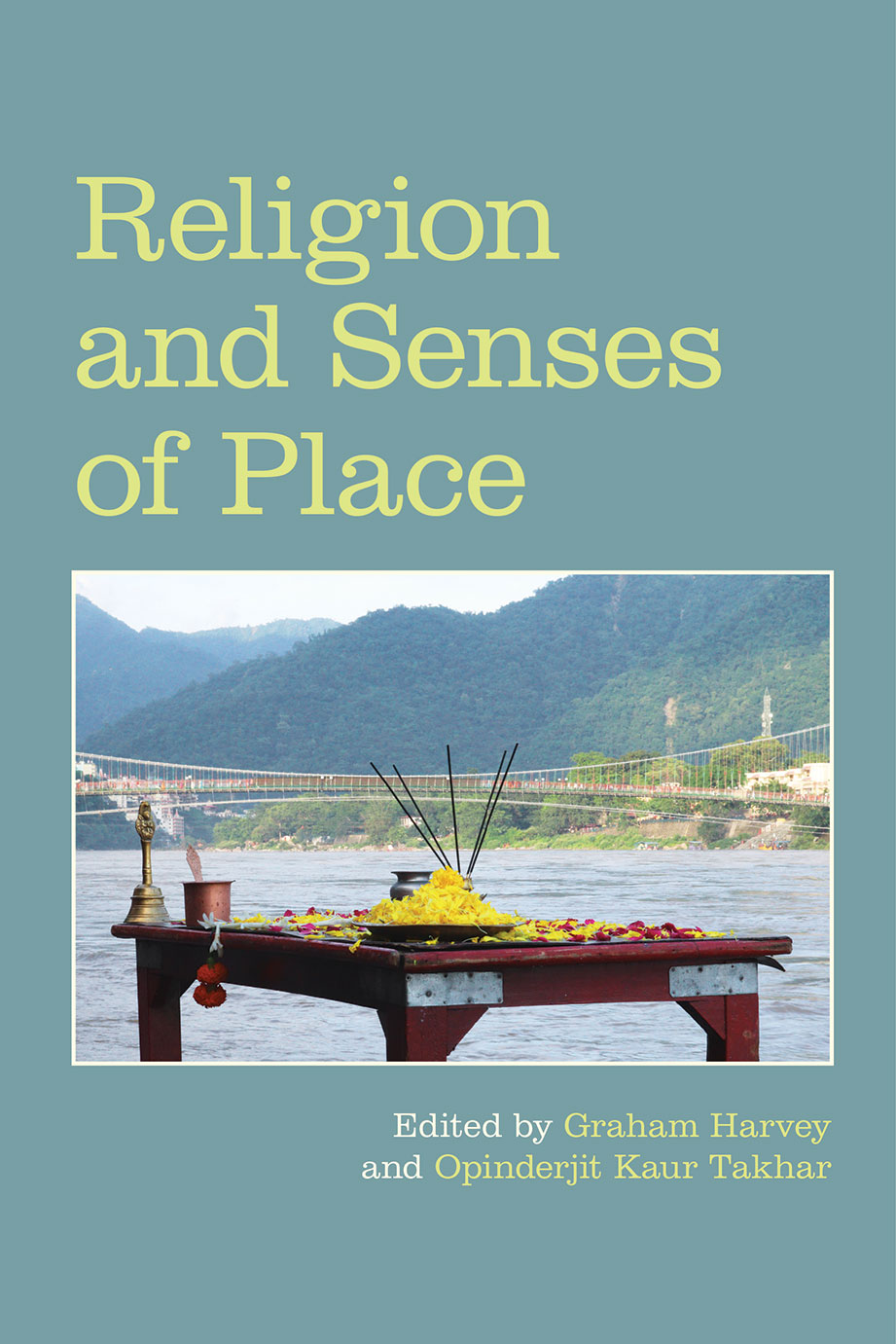Religion and the Senses
Everyday and/or vernacular religion are now at the cutting edge of the study of religions. The agenda of Religious Studies as well as that of other disciplines interested in religion (e.g. Classics, History, Sociology, Anthropology and [in some places] Philosophy) has been revitalised by this focus on lived reality. This resonates with ongoing growth in interest in materiality and embodiment which have both provoked “turns” in academic debate and teaching. Criticisms, however, have been levelled against the ways in which “materiality” does not always engage with materials (stuff) and “embodiment” sometimes suggests the priority of some interiority (mind, agency, etc.). The series furthers the project of placing lived, material and bodily religion at the definitive centre of studies of religion(s). It does so by foregrounding bodily sensation and material practice as religion (rather than expressions, experiences or representations of something prior to bodies, acts and things). It develops the interdisciplinary conversation encouraged by Paul Stoller’s Sensuous Scholarship (1997) and, especially, present and promote research about real life religion approached through performative and materialist methods, as illustrated by, e.g., Manuel Vasquez’s More than Belief (2011) and Graham Harvey's Food, Sex and Strangers (2013).




